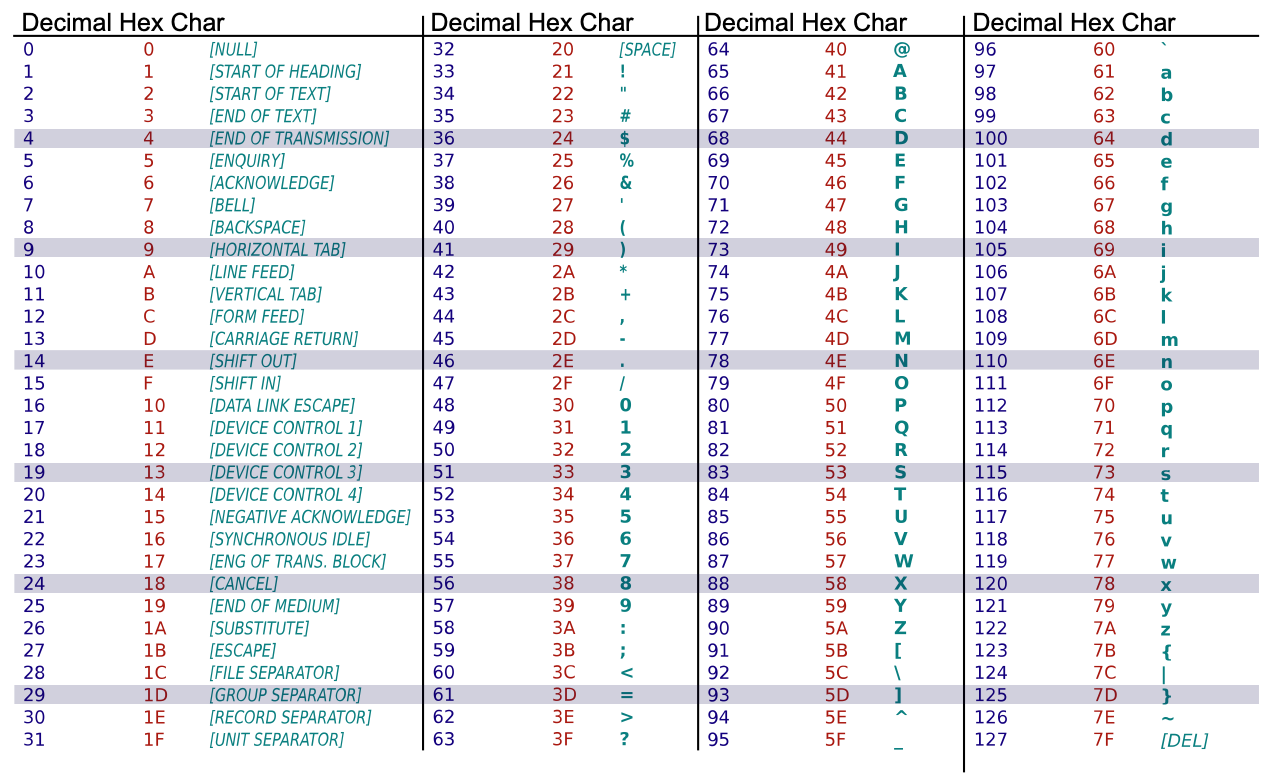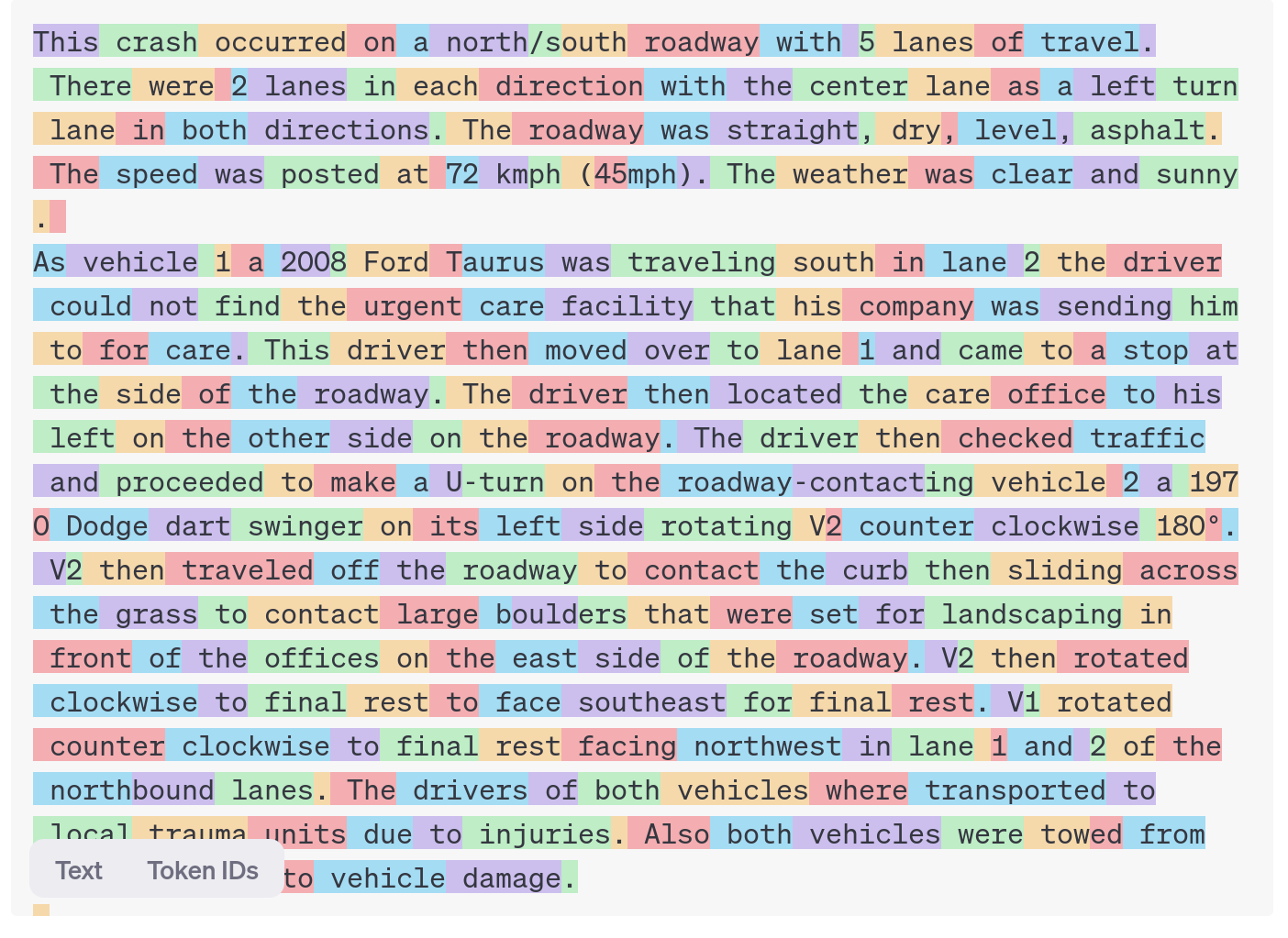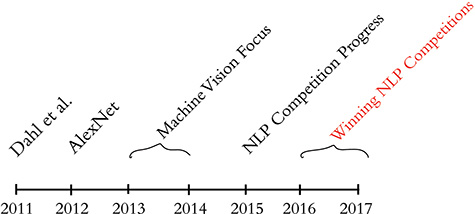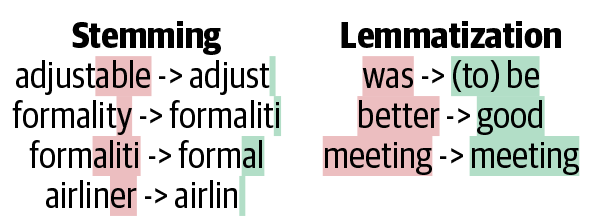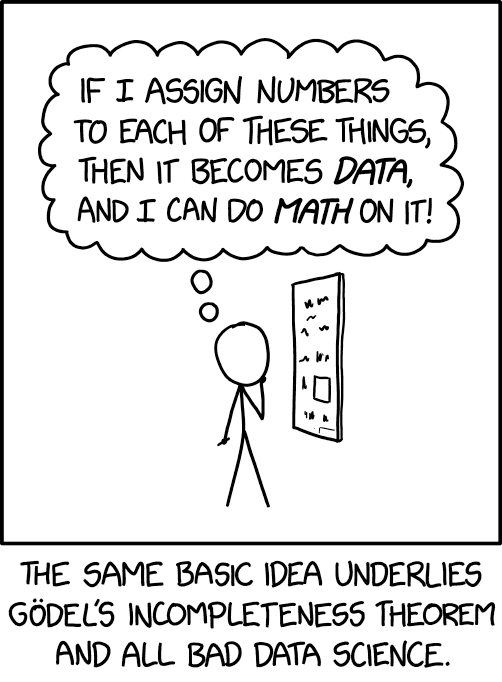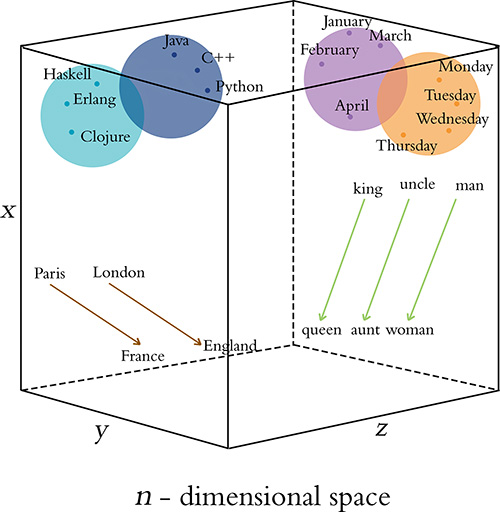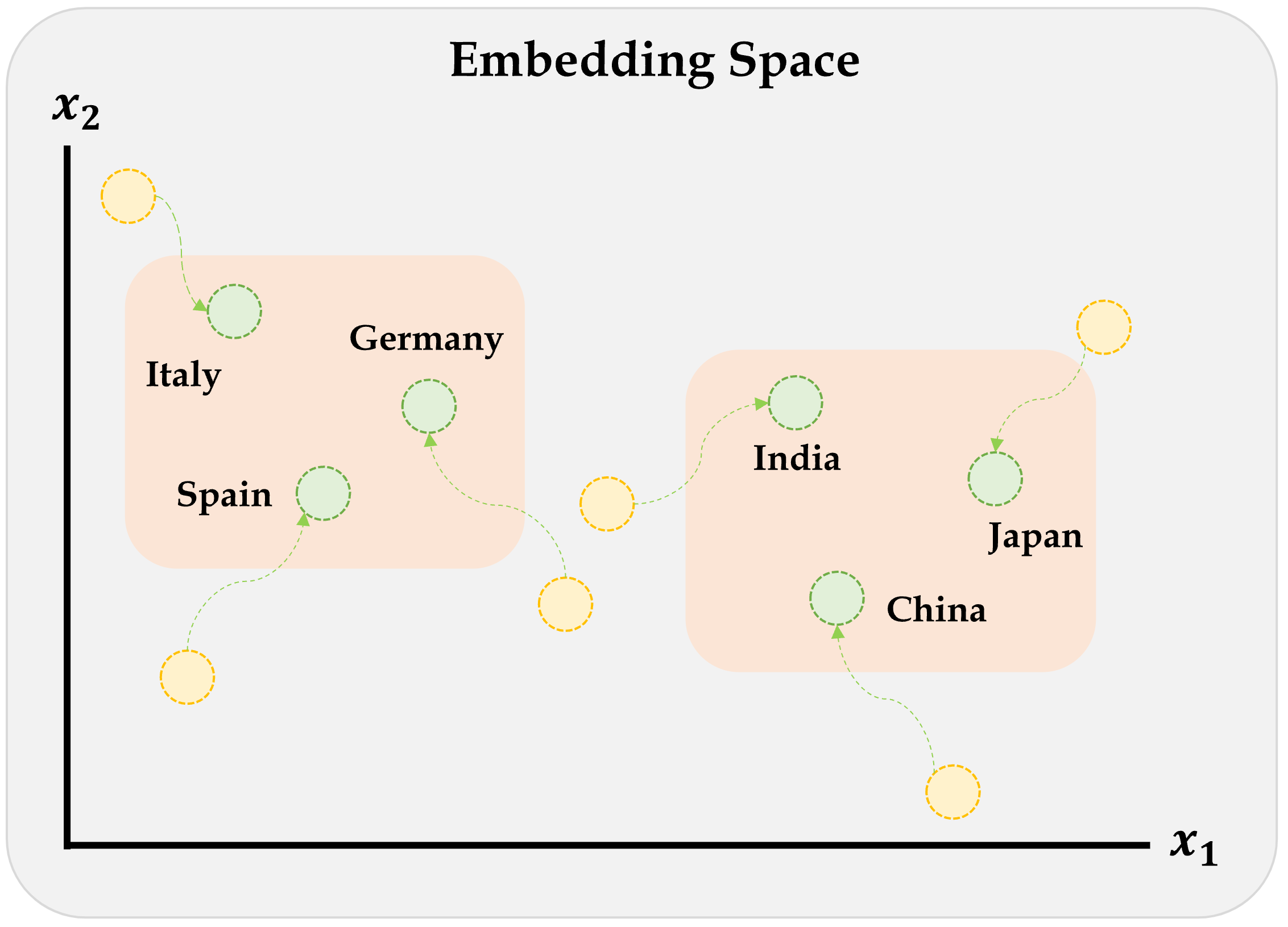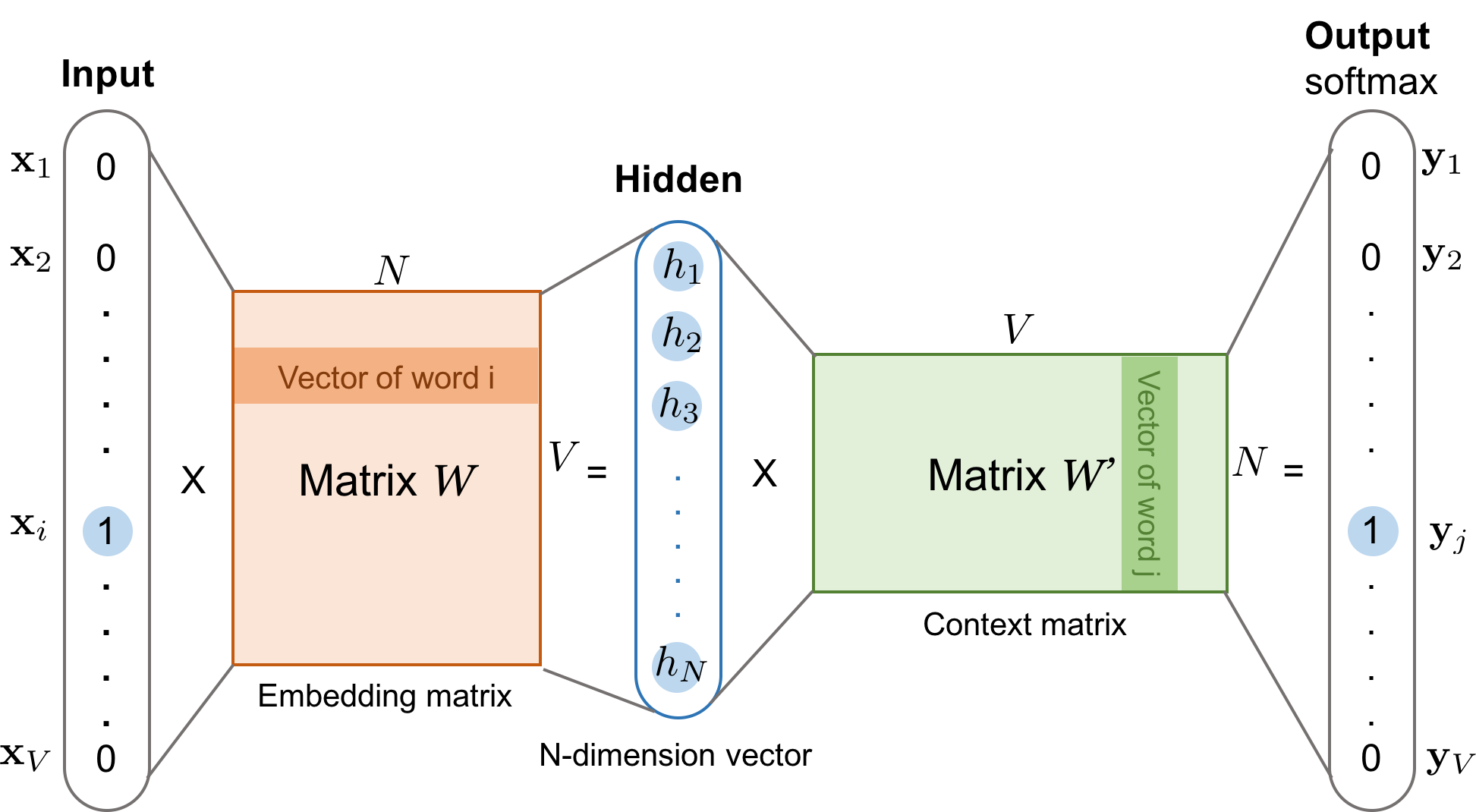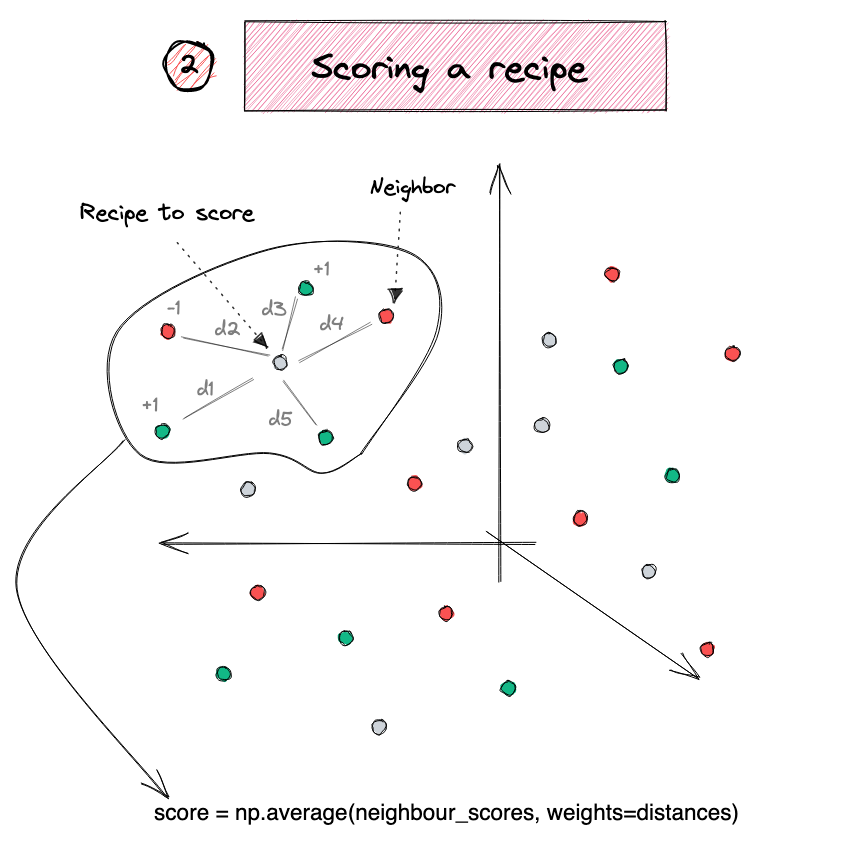<tf.Tensor: shape=(500,), dtype=int64, numpy=
array([ 11, 24, 49, 8, 2, 253, 219, 6, 4, 165, 8, 2, 410,
6, 4, 564, 971, 27, 2, 27, 568, 6, 4, 192, 1, 45,
51, 208, 65, 235, 54, 14, 20, 867, 34, 43, 183, 1, 45,
51, 208, 65, 235, 54, 14, 20, 178, 34, 4, 676, 1, 42,
237, 2, 153, 192, 20, 3, 107, 7, 75, 17, 4, 612, 441,
549, 2, 88, 46, 3, 207, 63, 185, 55, 2, 42, 243, 3,
400, 7, 58, 33, 50, 172, 251, 84, 26, 2, 60, 6, 2,
24, 1, 4, 402, 970, 1, 1, 3, 68, 26, 2, 27, 94,
118, 8, 14, 101, 311, 10, 2, 237, 5, 422, 269, 44, 154,
54, 19, 1, 4, 308, 342, 1, 3, 79, 8, 14, 45, 159,
2, 121, 27, 190, 44, 598, 5, 325, 75, 70, 2, 105, 189,
231, 1, 241, 81, 19, 31, 1, 193, 2, 54, 81, 9, 134,
4, 174, 12, 17, 1, 390, 1, 159, 2, 27, 32, 2, 119,
1, 68, 8, 2, 410, 6, 2, 27, 8, 1, 5, 2, 159,
174, 12, 1, 168, 2, 27, 7, 69, 2, 40, 6, 1, 17,
81, 40, 19, 246, 73, 83, 64, 5, 129, 56, 8, 2, 27,
7, 33, 73, 71, 57, 5, 82, 2, 9, 6, 1, 4, 1,
59, 382, 5, 113, 8, 276, 258, 1, 317, 928, 284, 10, 784,
294, 462, 483, 7, 1, 15, 3, 16, 37, 112, 5, 677, 144,
1, 26, 2, 60, 6, 2, 24, 15, 47, 18, 70, 2, 105,
429, 15, 35, 448, 1, 5, 493, 37, 54, 62, 68, 25, 1,
33, 5, 325, 70, 15, 134, 2, 174, 232, 406, 15, 341, 134,
1, 691, 2, 27, 7, 15, 1, 10, 93, 15, 3, 25, 216,
8, 2, 24, 2, 13, 30, 23, 10, 1, 3, 21, 11, 12,
28, 76, 2, 14, 130, 19, 38, 6, 106, 14, 2, 13, 36,
3, 21, 31, 4, 9, 91, 180, 1, 137, 1, 2, 87, 97,
21, 5, 1, 285, 43, 1, 511, 569, 15, 775, 140, 1, 2,
27, 7, 25, 68, 31, 184, 31, 2, 159, 174, 12, 1, 2,
42, 1, 2, 9, 6, 1, 4, 1, 59, 8, 276, 258, 3,
489, 37, 753, 544, 10, 4, 975, 313, 26, 2, 60, 6, 2,
24, 15, 3, 16, 37, 112, 110, 32, 151, 70, 2, 24, 49,
15, 47, 15, 3, 79, 8, 14, 191, 31, 2, 42, 105, 189,
231, 15, 647, 2, 12, 8, 2, 19, 94, 118, 35, 1, 5,
54, 19, 7, 141, 2, 27, 15, 1, 31, 2, 12, 347, 81,
54, 7, 90, 8, 2, 410, 6, 2, 27, 15, 503, 62, 154,
25, 143, 1, 15, 157, 134, 2, 174, 12, 17, 81, 390, 7,
1, 16, 111, 15, 168, 2, 27, 15, 588, 329, 117, 7, 3,
163, 5, 113, 947, 175, 26, 4, 643, 1, 2, 13, 30, 23,
10, 1, 3, 21, 52, 12])>
